As the 2025 MLB Draft quickly approaches, the Prospects Live team wants to make your life as easy as possible. In this series of articles, I'll be providing team-by-team analysis of their recent draft trends, their available draft capital for 2025, any areas of the draft they've heavily targeted, as well as a few names in this year's class that might fit into their historically preferred archetype.
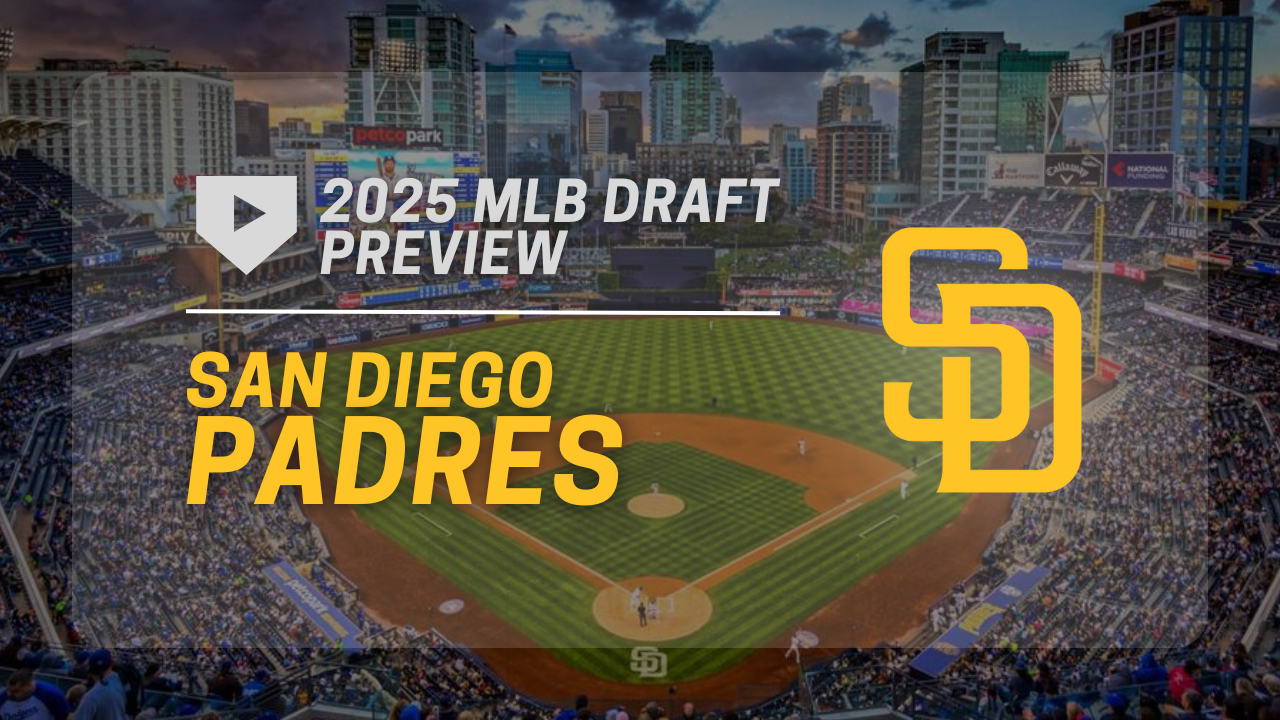
This analysis isn't sourced for the upcoming year, nor is it a guarantee the organization won't pivot from what they've done in the past. Simply put, this article aims to provide an in-depth look at teams and their recent draft classes to try and decipher trends that could help uncover players your favorite team might be targeting. It's far from a perfect science, but I've done my job if it makes things easier to follow on draft day.
Los Angeles Angels
- 2025 Bonus Pool Value - $15,656,400 (3rd)
- Top 100 selections - 2, 47, 79
The Angels have a golden opportunity in 2025, being awarded the second overall pick and the third largest bonus pool in the league. The Angels general draft practices have been largely documented in recent years, largely targeting players they could get to the big leagues quickly to help their aging core of players before Shohei Ohtani left town, however this trend of quick promotions hasn’t necessarily slowed down since he left for their NL counterpart. With as much capital as they have in this summer’s draft, they’ve got to help out a weak farm system that badly needs an infusion of talent.
2024 Draft Overview
2024 was a nice start to getting this system revitalized. The Angels opted for an underslot deal for one of the hottest hitters in college baseball in Tennessee second baseman Christian Moore ($1,500,000 underslot), a polished hitter with interesting power potential. They continued to save in round two, taking sinkerballer Chris Cortez ($470,000 underslot). They had to splurge on Ryan Johnson ($690,000 overslot) and failed to sign their third rounder Ryan Prager, however with those lost funds they were able to pick up two prep righties in Dylan Jordan ($770,000 overslot) and Trey Gregory-Alford ($1,810,000 overslot). They tanked a lot of their other picks to make this arrangement work, but managing to pick up Fran Oschell III, David Mershon, and Bridger Holmes among others and stay within budget feels like a win even if they aren’t necessarily premiere prospects. If they can get their young arms to put it together, this could turn into a nice haul for the Angels.
2023 Draft Overview
The predecessor to their 2024 haul, 2023 isn’t holding up quite as well, demonstrating the price they paid to get the most big league ready player as soon as they could. Taking Nolan Schanuel (slot) at eleven wasn’t indefensible, but not saving any money in the process? Not exactly tremendous process. They saved some money with Alberto Rios ($50,000 underslot), Joe Redfield ($30,000 underslot) and Chris Clark ($105,000 underslot) and used those savings to pick up prep right hander Barrett Kent ($795,000 overslot). They managed to secure Camden Minacci (slot) and took a swing on high schooler John Wimmer ($250,000 overslot) late, however this class lacked much gusto overall, especially with the quick promotion track for Schanuel. Perhaps this steered the organization into a slightly more typical approach to the draft in 2024, emphasizing taking shots earlier and more often, however it’s tough to say if the two classes were really all that different in strategy other than the savings early in round one. Still plenty of time, but early returns aren’t stellar outside of their first round first baseman.
2022 Draft Overview
This is turning into quite a nice draft for the Angels. Securing their current starting shortstop in round one, Zach Neto ($910,000 underslot) has turned into a really nice player and is one of the better young players manning the six. Fireballer Ben Joyce ($295,000 overslot) and Jake Madden ($485,000 overslot) each got a million dollar payday and the resulting picks in rounds 4-10 all saved up for a big time swing. Nabbing Caden Dana ($1,250,000 overslot) in round eleven was a massive hit for them, landing their top prospect while still picking up some quality players in the rounds prior. I think 15th rounder Bryce Osmond still has a chance to be a big leaguer in some capacity, though I understand it might not necessarily be an impact role nor super likely. I think this draft was the blueprint for what they’ve tried to do in the two more recent drafts; They saw the power of moving money around to take a shot later and want to continue trying to do that as much as they can. If they can get a little bit more value out of the middle rounds, they could very quickly turn this system around.
Early Round Demographics
The early rounds have been made relatively clear. I’d expect them to try to save a relatively substantial amount of money in round one on a college position player, and while it’s not necessarily a lock at this point, there’s plenty of reason to believe it’ll be a player they can be relatively aggressive with in their promotion schedule. Picking two is obviously a completely different situation than what they’ve been in the past few years that will make their potential player magnitudes smaller, however the blueprint is there. After round one, I’d expect a few shots at college players they can potentially save even more money on, then round out the early to middle rounds with some high schoolers. It’s not really clockwork, but with as much bonus pool ammunition as they have, I’d be shocked if they didn’t use it to take as many swings as they can.
Late Round Demographics
The problem with the Angels’ farm is obviously compounded with promoting their players to the big leagues so quickly, however they haven’t extracted nearly enough value from the middle to late rounds as their general draft strategy requires. Obviously landing a handful of high school arms is nice, however if you’re unable to reliably develop them and the players you’re taking instead of them aren’t panning out, it’s tough to say this is a surplus value play. I actually tend to agree with their overall framework on attacking the draft; Building for a big time payout in the later rounds can absolutely swing a draft from good to great. That said, if building for that one player continuously tanks 3-4 picks a year, you’ve got to be able to hit on these later round guys at a higher rate. They like taking arms that have some stuff behind them and they aren’t afraid of older college guys either, but I wouldn’t necessarily say either demographic has been markedly better or worse than the other.
Names to Know
Aiva Arquette, OSU SS - This is the name I’d have circled here. With as much leverage as there is with the second overall pick, the Angels could offer Arquette a few hundred thousand underslot and still beat most anybody out. I think he finishes the season out as the consensus top collegiate player on the board.
Kade Anderson, LSU LHP - Anderson has made an argument to be the best pitcher in this class, and though he doesn’t necessarily fit the demographic of what the Angels have done in the past, most of the collegiate talents at the top are arms.
Jamie Arnold, FSU LHP - A very similar situation to Anderson, Arnold could easily be the best arm in the class and has more track record than any other pitcher at the top. With less of a “top tier” than we’ve seen in years, predicting this pick based on history is almost impossible. I could realistically justify upwards of 10 players for this pick.

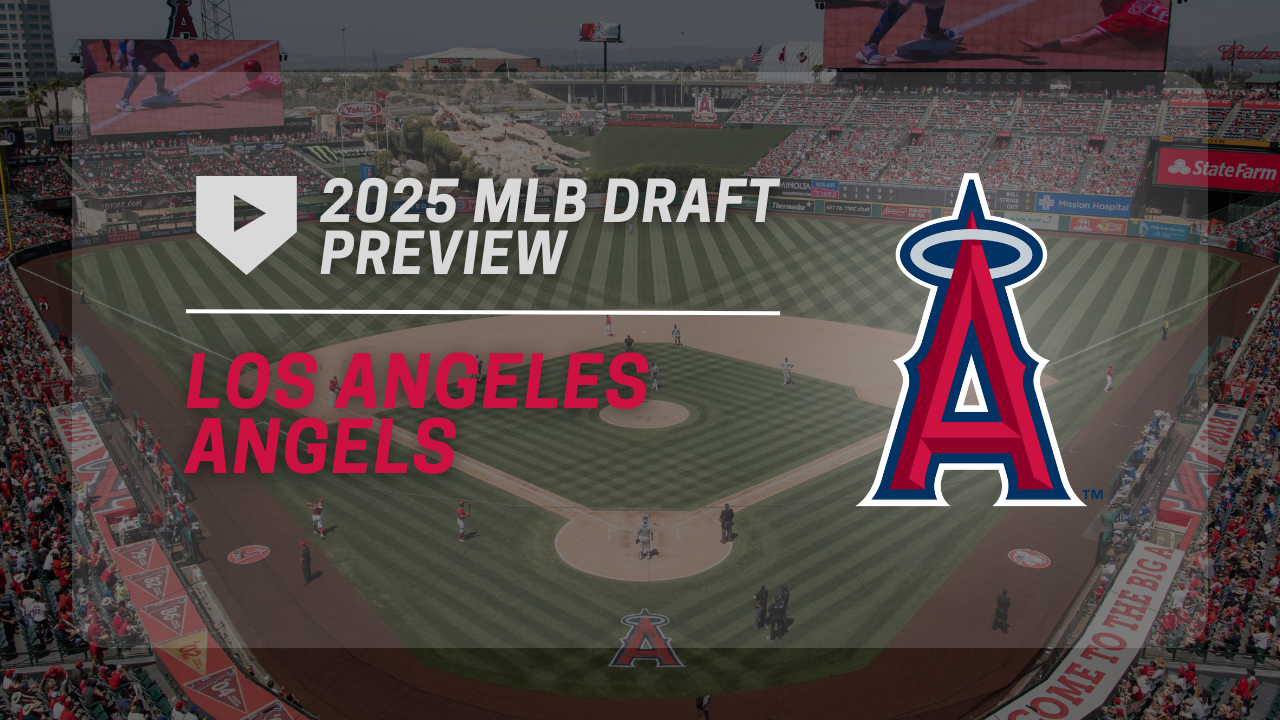


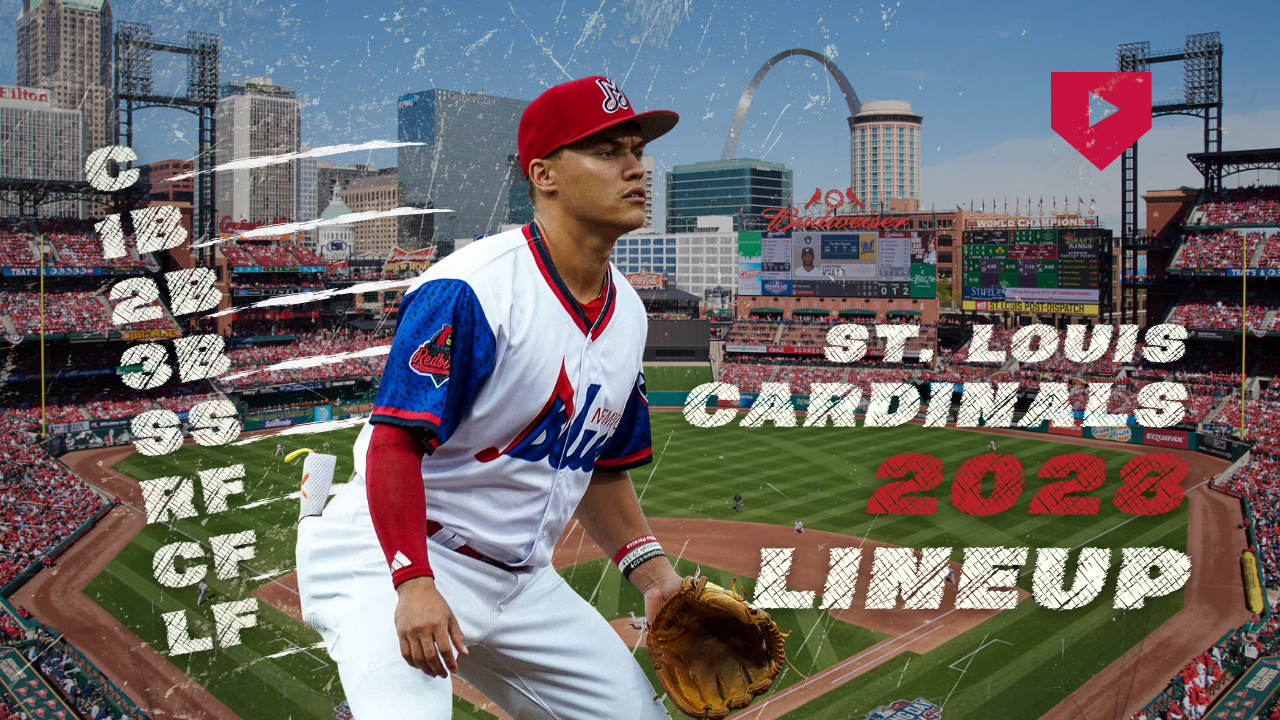
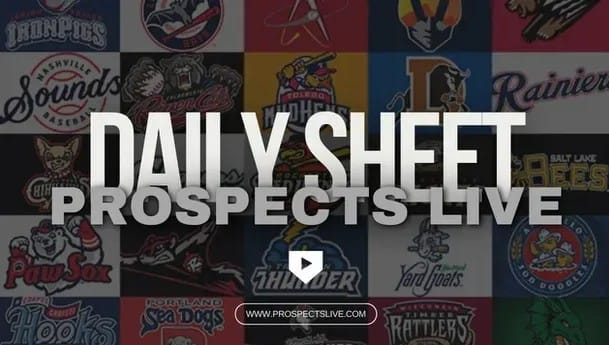
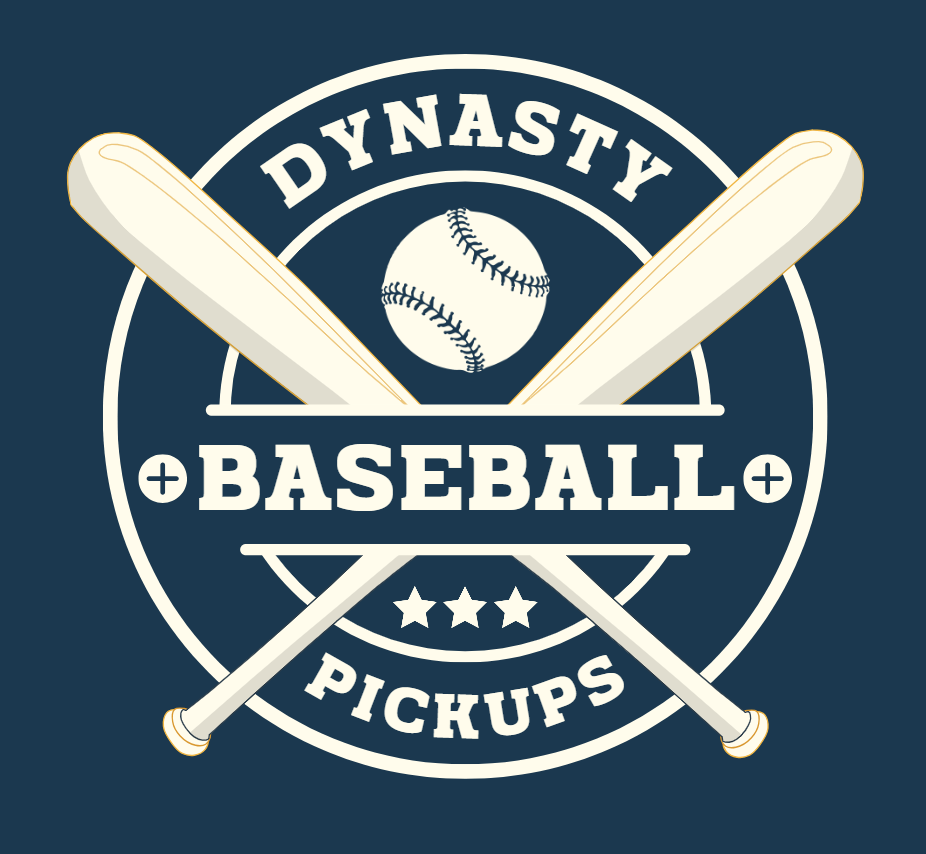
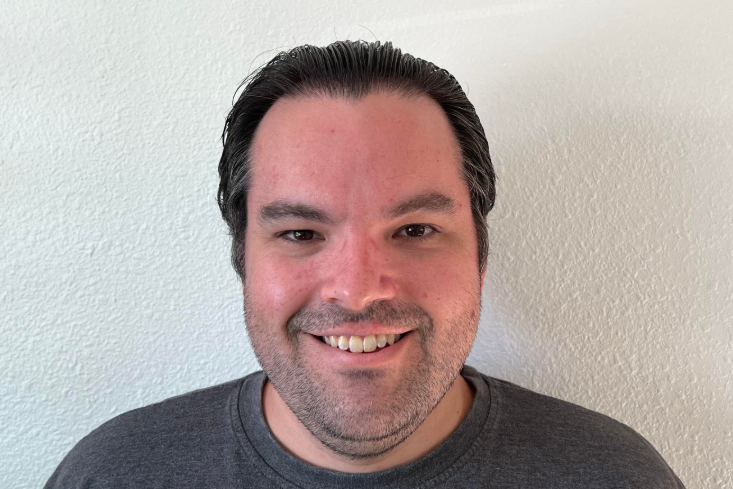
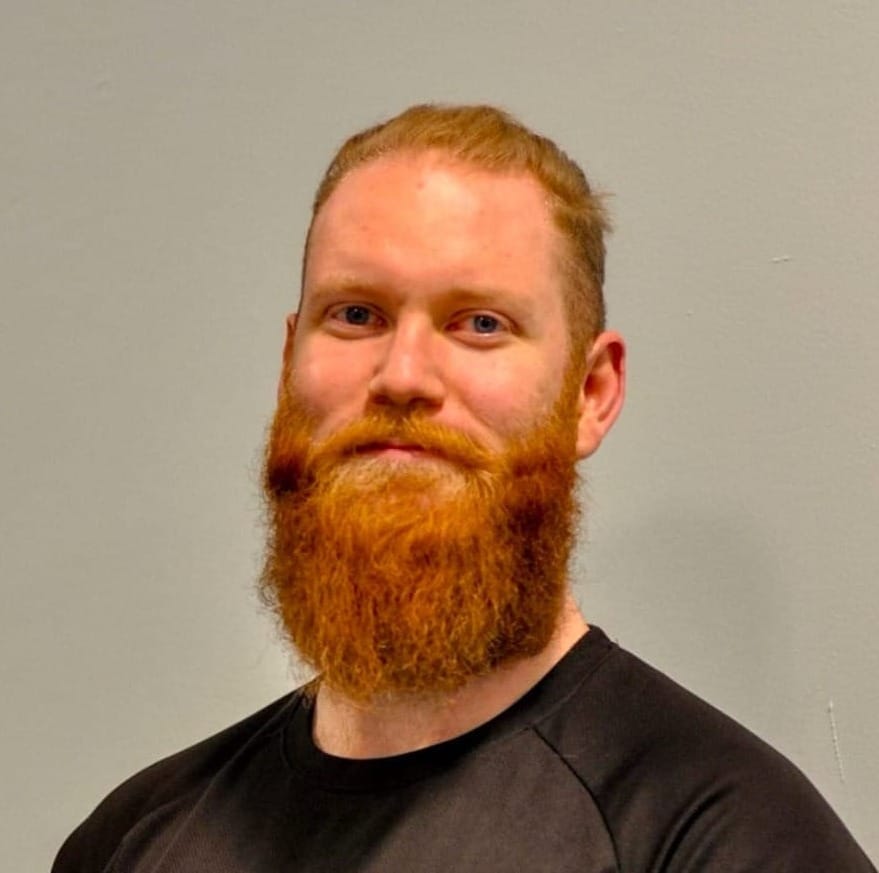

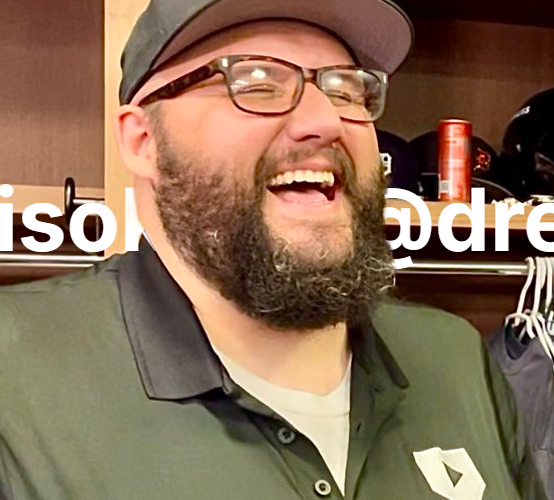

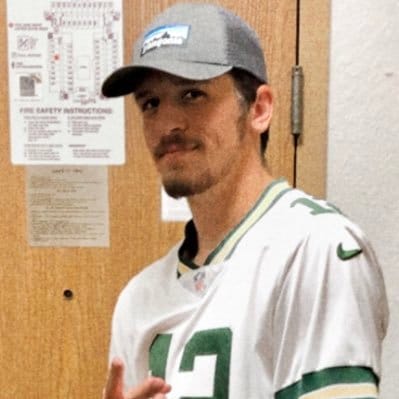
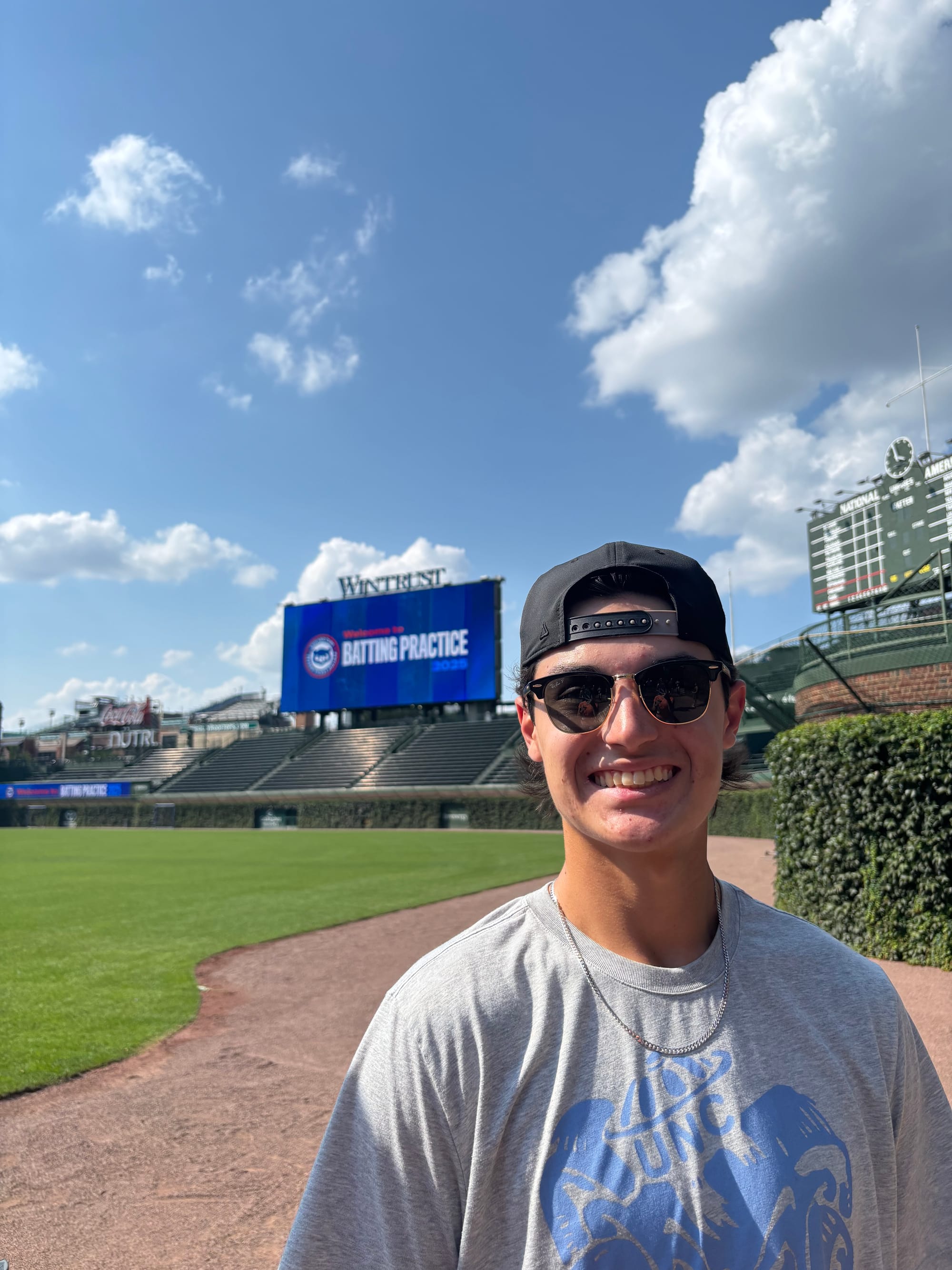
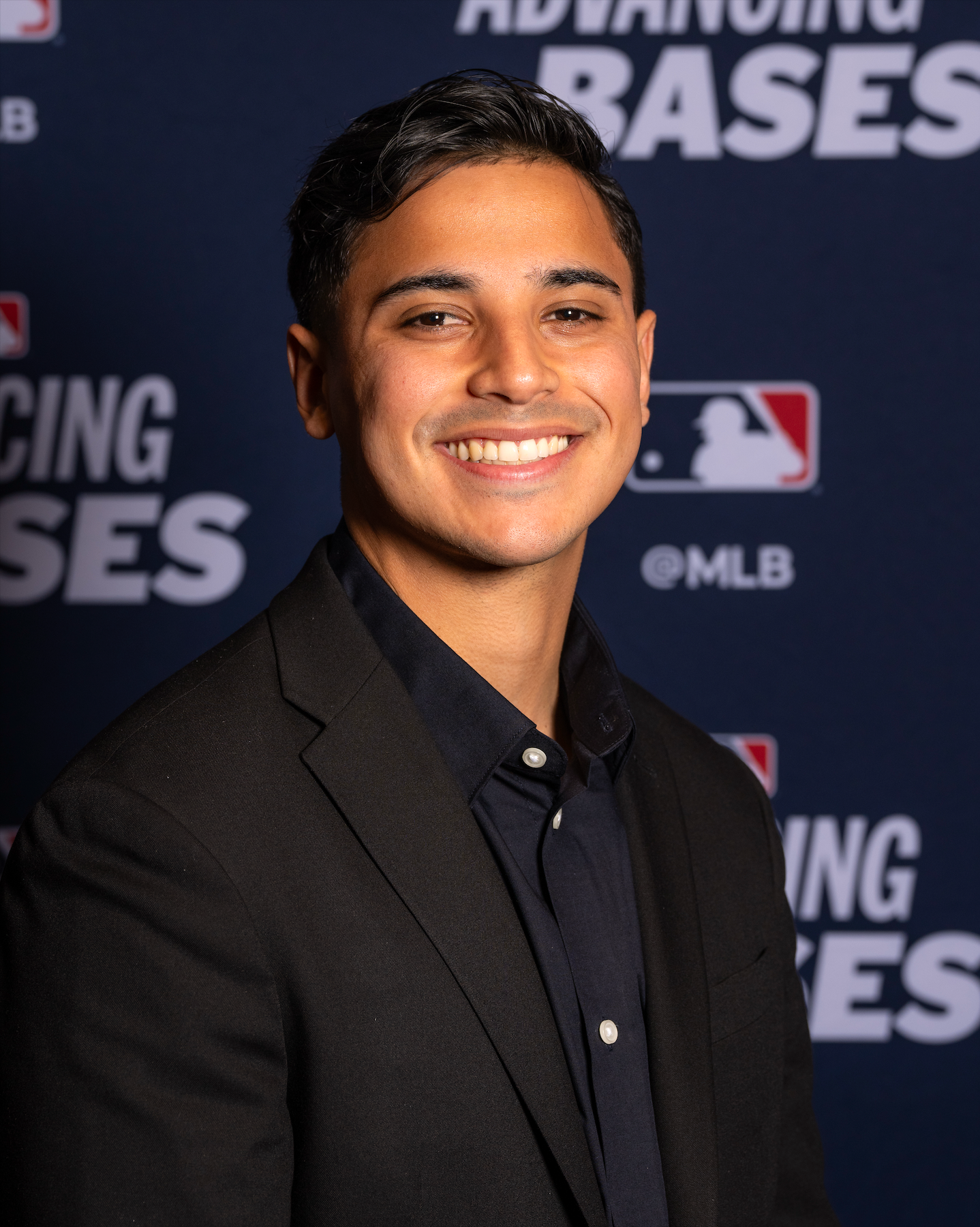
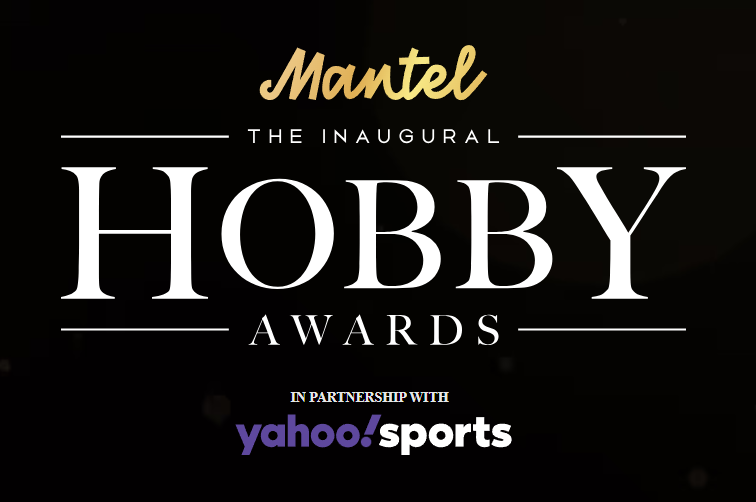


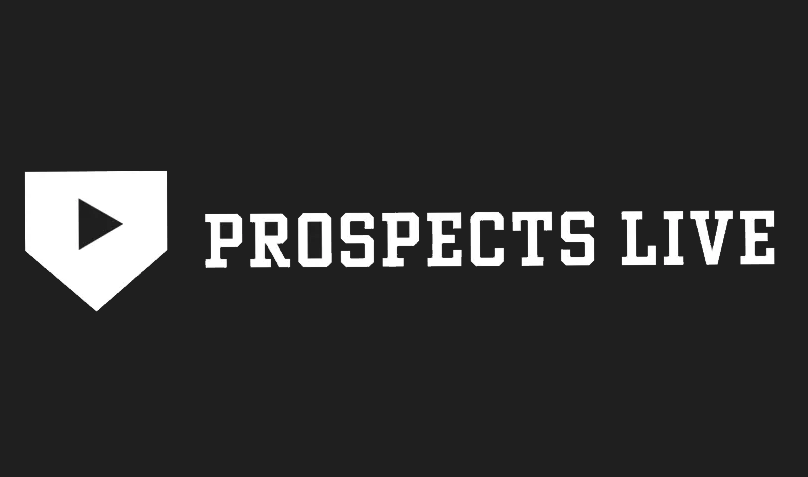
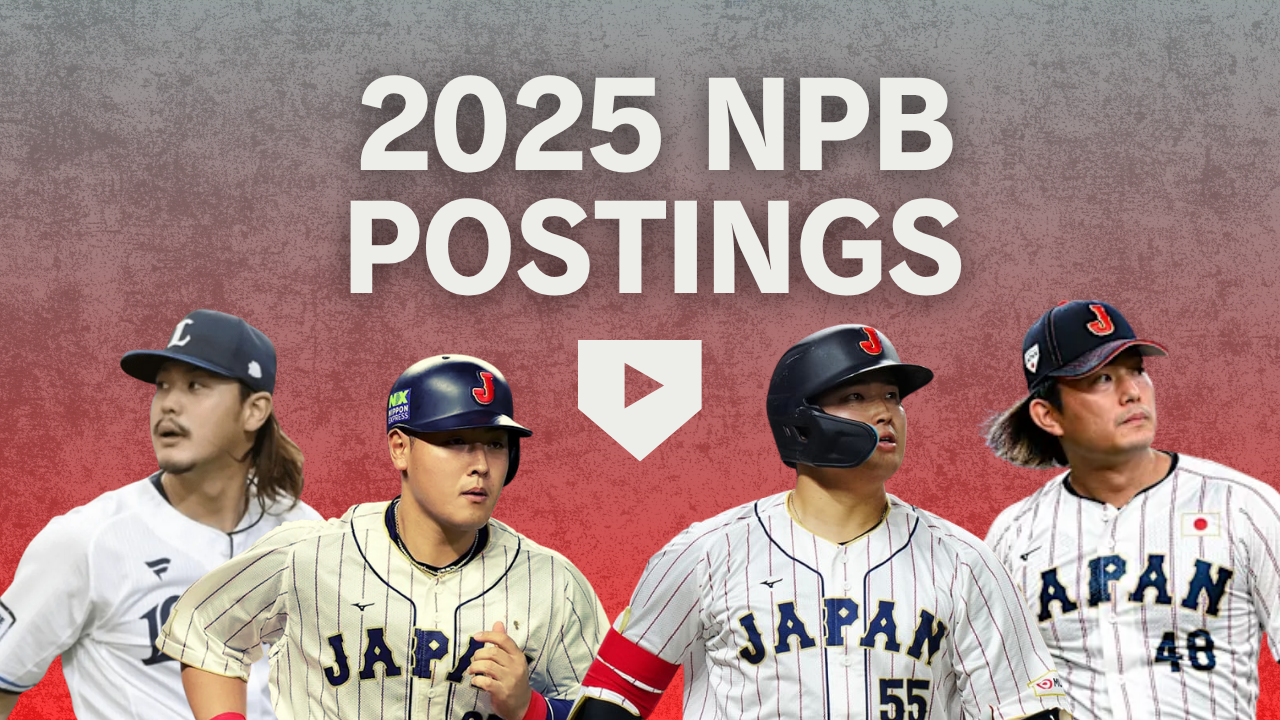
Discussion